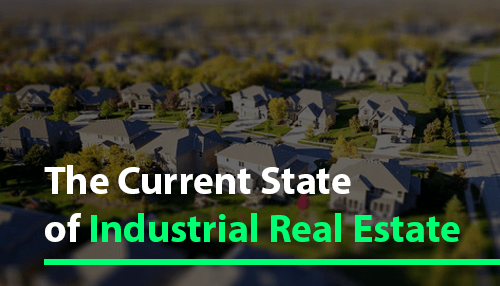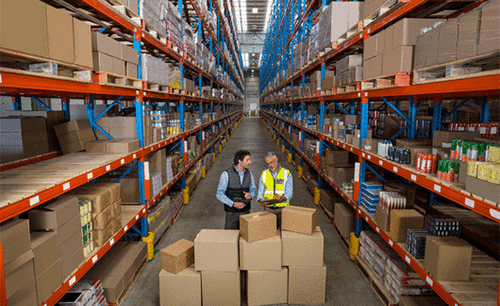Industrial real estate has to do with properties used by companies in their operations. This includes places such as warehouses and garages used by retailers and eCommerce businesses to store and manage their goods. These things have evolved quite a lot over the years and what used to be traditional warehouses are something completely different nowadays. But what has exactly changed in the state of industrial real estate? Read on to find out.
Quick delivery
Not so long ago, we used to see e-commerce businesses striving to offer same-day delivery. This has evolved as well and some of these companies now look to offer same-hour delivery to local customers. What this means for the world of industrial real estate is that e-commerce companies now care more about site selection. They look to land close to their customers to speed up their operations and beat their competitors by offering quicker delivery. This has also led to sites closer to consumers becoming more expensive and there’s no doubt prices will continue to rise in the future.
Less attention is paid to design
Although the traditional warehouse has evolved a lot, it still resembles the original in terms of design. The reason behind this is that the majority of interaction these businesses have with their customers happens on their website. This means that customers never get to see the inside of their warehouse. As a result, they can pay more attention to designing a robust and highly responsive rather than creating one people will find beautiful. That said, you won’t find much difference in terms of design except technology being introduced in the modern warehouse. Which brings me to my next point.
Designed for technology
Depending on how much you know about warehouses and garages, you might be aware of how big of a role technology plays in warehouses. These things are becoming smarter every day and they have had an impact on industrial real estate. Even though companies still need plenty of space, the use of technology allows them to work in smaller warehouses and still get the job done. For example, there are self-driving robots that require less space for maneuvering. Also, with the use of logistics software such as CartonCloud, they need fewer offices for those managing their operations. This ultimately led to smaller sites receiving more attention and an increase in value.
Increased prices in large markets
The gap between small markets and large ones seems to be increasing at a rapid pace. Most companies can no longer afford to be situated far from their customer base and infrastructure. Therefore, prices in large markets keep increasing and companies that wish to operate within a large market have to pay more for their sites. Not to mention that vacancy rates keep decreasing, leaving fewer options for those who have yet to start their own warehouse or garage. The bigger the market, the more likely land is to be considered premium, and buying it isn’t as easy as it once was.
Multi-story warehouses
This is something we didn’t get to see in the past. While every retailer or eCommerce business could benefit from some extra space, they rarely opted for multi-story structures. However, large cities keep growing in density and land becomes more constrained. With companies required to operate from locations much closer to their customers, they’re now ready to expand vertically to be based in a better location. As a result, you might get to see warehouses where loading docks are used on one level, while another level is served by forklifts.
Final thoughts
Industrial real estate might’ve been all about companies buying large pieces of land and operating from large warehouses and garages away from their customers. However, they’re now moving closer to big cities and operating from smaller, technology-dominated buildings. We can expect this trend to continue and industrial property that suits their needs will go up in price even more.



